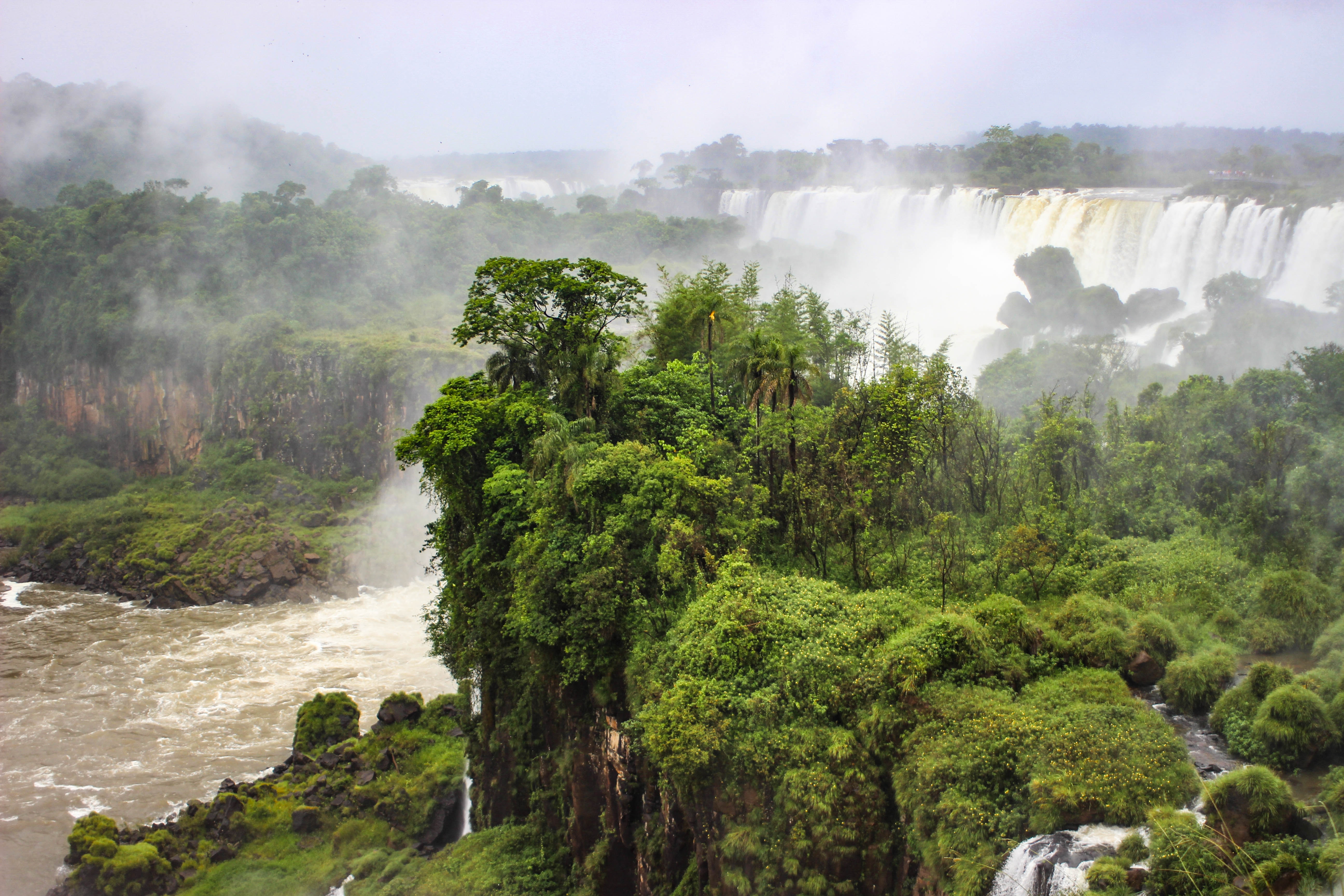A report by the University of Leeds has revealed, through the use of satellite data, the effects that deforestation in the Amazon basin is having on the local climate.
Using satellite data, Jess Baker and Professor Dominick Spracklen from the University of Leeds, evaluated the climatic consequences of deforestation in the Amazon between 2001 and 2013. The data shows increased climate instability and increased temperatures in areas where tree cover has been reduced by over 70% between 2001 and 2013.
The report comes in the wake of widespread international outrage and action over the significant increase of forest fires, many of which were started deliberately by farmers to rear cattle, in the region. The Amazon rainforest stores an estimated 100 billion tonnes of oxygen. Total carbon emissions by comparison in 2018 was 37.1million tonnes and forests globally absorb 30% of human emissions each year.
Areas of the forest that have largely been unaffected by increased infrastructure and deforestation showed the least change in the local climate with only a minimal change in temperature compared to a more than 0.44% temperature in areas that were severely deforested.

The data also shows significantly reduced levels of evapotranspiration of -1.5mm per month in areas that are severely deforested. Evapotranspiration is a bi-product of photosynthesis where water is released into the atmosphere. Photosynthesis is the process by which plants make their food and absorb carbon dioxide from the atmosphere helping combat carbon emissions.
The study classed “non-intact forest” as forest that had more than 70% forest cover in 2000 when the study began and still had more than 70% forest cover in 2013. “Intact forest” was forest that maintained more than 95% tree coverage for the duration of the study. “Moderate deforestation” was classified for areas that still saw maintained 70% tree cover but forests remained no longer intact. “Severe deforestation” was where tree cover had fallen below 70%.

All areas of the Amazon rainforest saw deforestation with most of this deforestation is occurring south of the Amazon river (see above image). Intact forest had the least deforestation rate at -0.18% while non-intact forest and moderately deforested areas saw 4.04% and 4.37% of land deforested respectively. Severely deforested areas saw an decrease of tree cover with a mean of 39.81%.

Additionally the report shows that temperatures fluctuated more in areas that were significantly deforested more though levels of precipitation didn’t change as dramatically between forest that was intact, mild, moderately or severely deforested.
Throughout the year, severely deforested areas also saw the most fluctuation in temperature of 0.5 degrees Celsius from month to month over the course of the study with temperatures in August and September increasing by more than 0.7 degrees Celsius. This is compared to non-intact forest that saw little fluctuation throughout the year.

Study co-author Jess Baker from the School of Earth and Environment at Leeds said:
“The Amazon wildfires have reminded us all of the important role that forests play in our global systems. But it cannot be overlooked that intact Amazon forests are also crucially important for Brazil’s own local climate.
A healthy intact Amazon forest helps regulate the local climate and can even act as a buffer to the warming effects of climate change, compared with disturbed forests.”
Study co-author Dominick Spracklen, Professor of Biopshere-Atmosphere Interactions at Leeds emphasised how “deforestation decreases the amount of water emitted to the atmosphere from the forest through a process called evapotranspiration.
He goes on to elaborate:
“Evapotranspiration can be thought of as the forest ‘sweating’; when the moisture emitted by the forests evaporates it cools the local climate.
Deforestation reduces evapotranspiration, taking away this cooling function and causing local temperatures to rise. As temperatures rise this increases drought stress and makes forests more susceptible to burning.”
There are increasing concerns that more deforestation will threaten the future of the world’s largest rainforest. Scientists have warned that if the Amazon is deforested by 20-25%, parts of the rainforest could degrade into savannah and grassland as there will be not enough tree coverage to produce the rain through evapotranspiration that allows rainforests to thrive. The Brazilian government’s own estimation for deforestation in the Amazon stands at 19.3%.
A study done by Dr Jennifer Balch showed too that worryingly that in areas of forest subjected to fire damage, the proportion of plant life that subsequently died increased 55% in nearby areas that were not directly burnt.
This year there has been unprecedented fires in Siberia, Indonesia and fires on California being 500% larger than they would be without the effects of human induced global warming.
To read more about the study, follow the link below:

